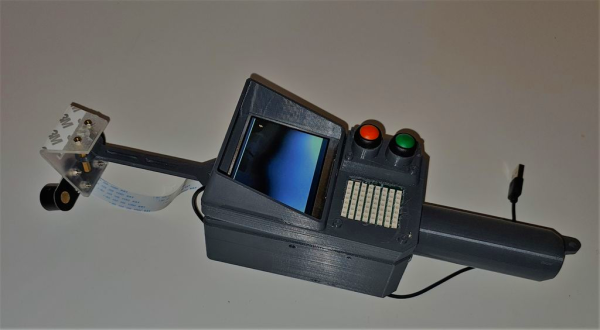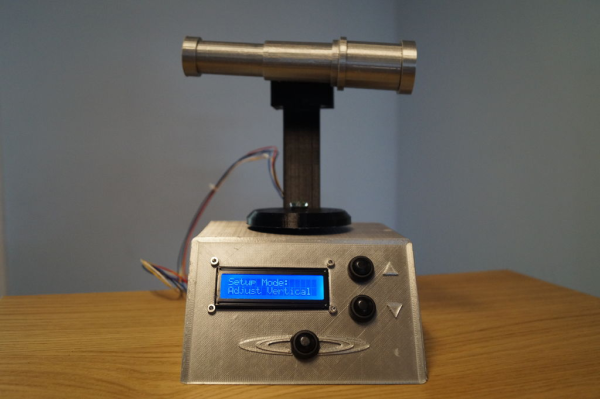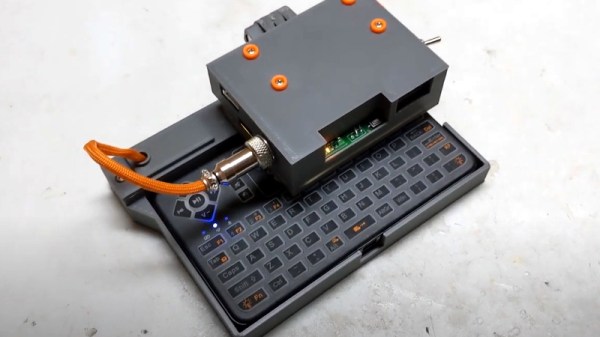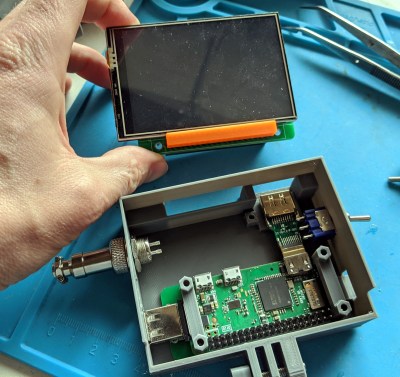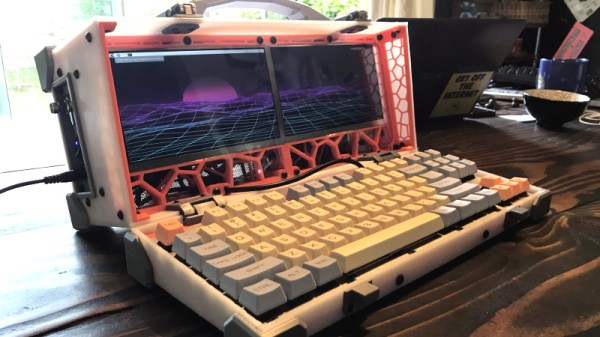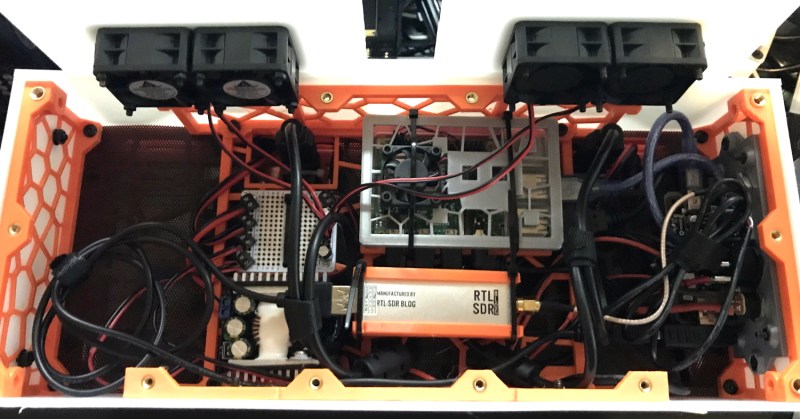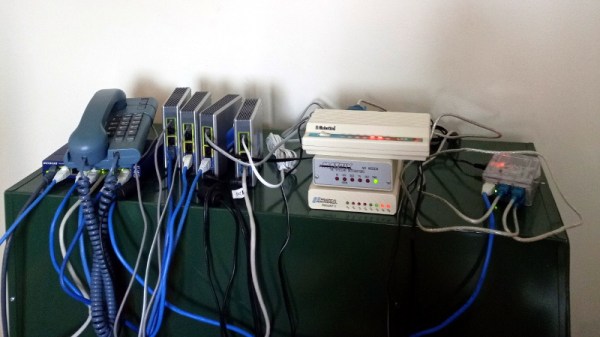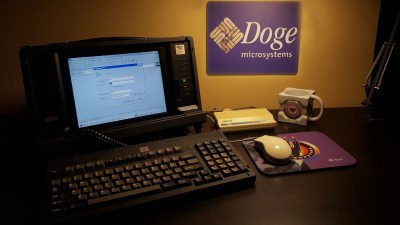You know, we wouldn’t be that surprised if aliens or ghosts show up for real before this year is out. If paranormal becomes part of the new normal, it might be nice to have a PKE meter that can detect spirits and help get a head start on figuring out what they want from us.
Yes, that’s right — instead of just lighting up whenever ghosts are near, [starscream205]’s meter goes the extra yard and translates spiritual energy into English words that scroll across the LED matrix. Inside is a Raspberry Pi 3B+ and a sense HAT, which takes spatial and environmental readings and assigns different words based on the results.
Now [starscream205] can go fearlessly into the night, guided by the night vision camera on the end, and watch for ghosts on the screen. Instead of a typical Pi-compatible screen, this is from a car back-up camera system and has been modified to work with the Pi.
We’ve seen a few PKE meters around here before, but they usually do things such as detect radiation. It’s nice to see one that’s faithful to the original purpose.

